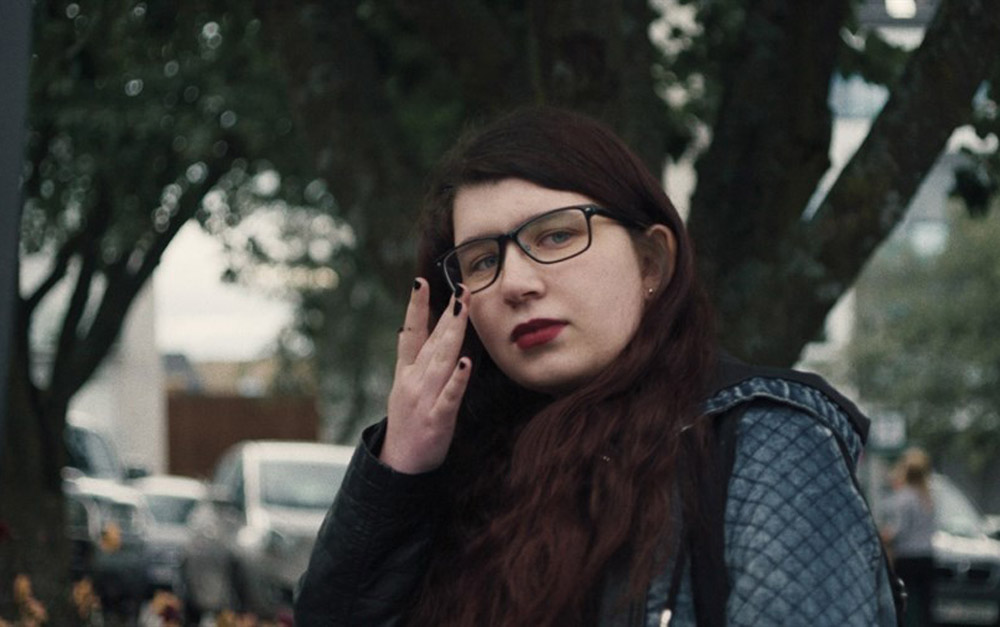“It feels like his life will be easier than mine,” Emilie tells her mother in “All That I Am,” just after sitting in a courtroom with the man that sexually abused her. She is compelled to return to court five years after the case was settled to attend her abuser’s hearing to decide the appropriate amount of compensation, though his release from prison, which is imminent, was decided well before and Emilie is in disbelief he’ll be sitting straight across from her when she immediately had to look away when she saw him entering the courthouse.
Notably, director Tone Grøttjord-Glenne stays within Emile’s point of view, preventing you from seeing the abuser as and only hints at who he is throughout “All That I Am,” though it’s mentioned he was a member of Emilie’s family – shrewdly, in presenting his case to the judge, Emilie’s lawyer lays out all the exposition the film needs – and keeps the focus on the survivor, creating a distinctive and insightful look at the lingering trauma from sexual abuse. It isn’t only the abuser who is left out of the frame, but nearly everyone else in the film, which channels the isolation Emilie must feel upon her return home at 18, having left for her own safety and the sanctity of her siblings Danielle, Marco and Arianna, who are all too young to comprehend what happened and, as such, have largely been kept in the dark about the crimes that took place in their house.
When the camera stays with Emilie as she moves through the world, you get a strong sense not only of her loneliness, but the constant fear of the unknown, which all but paralyzes her as she reaches adulthood and needs to begin setting up a life for herself. Without that context, it might seem irrational that she is potentially limited to considering just 20 occupations out of the 7000 that are available in Norway, but the film’s intense proximity to its subject conveys how she is on edge every moment she’s around other people after the experience of having someone so close attack her, and situations that may seem mundane suddenly take on a dreadful unpredictability, from being in public to seemingly safe conversations with her mother and her counselor Nanna.
Although Emilie’s a largely stoic subject, Egil Håskjold Larsen’s expressive cinematography brings out her emotions and lest anyone suggest the camera would be an intrusive presence in her life, it gradually becomes apparent that it’s providing armor to her, a way to create a record of what’s happened and a truth accepted by her immediate circle so that she can move on without having to address it again. At least on camera, Grøttjord-Glenne avoids asking Emilie directly to recount her abuse and besides a being a sign of the considerable sensitivity that’s shown time and again in “All That I Am,” it is a striking part of articulating an experience where words fail. Thankfully when the film captures so vividly how Emilie sees the world, they aren’t required or, just as likely, able to be summoned by those watching.
“All That I Am” will premiere virtually at Hot Docs, where it will be available to Ontario audiences to stream from May 28th to June 24th.




